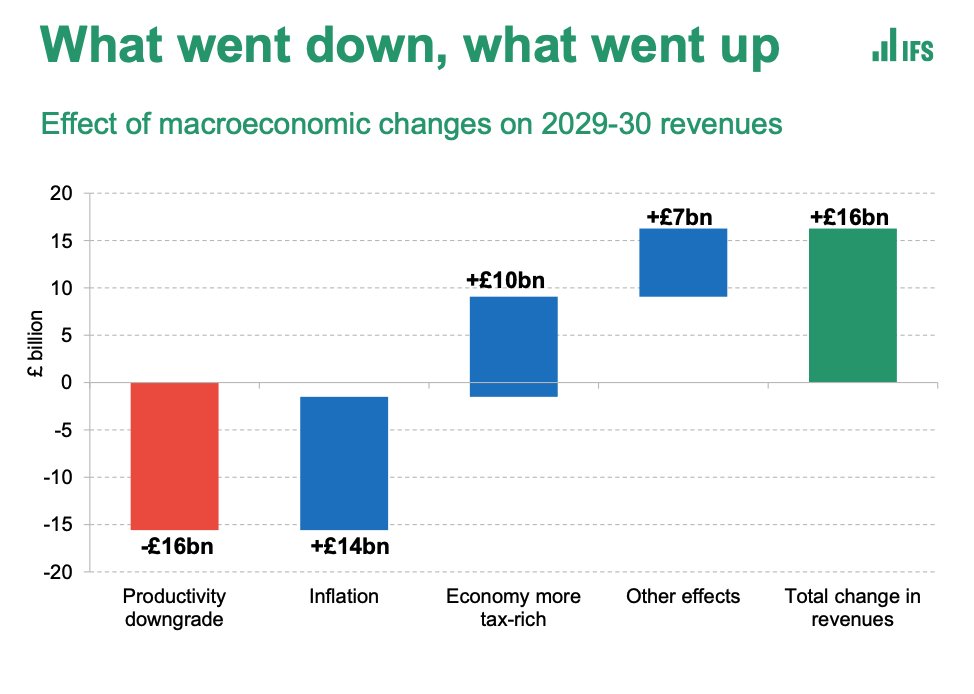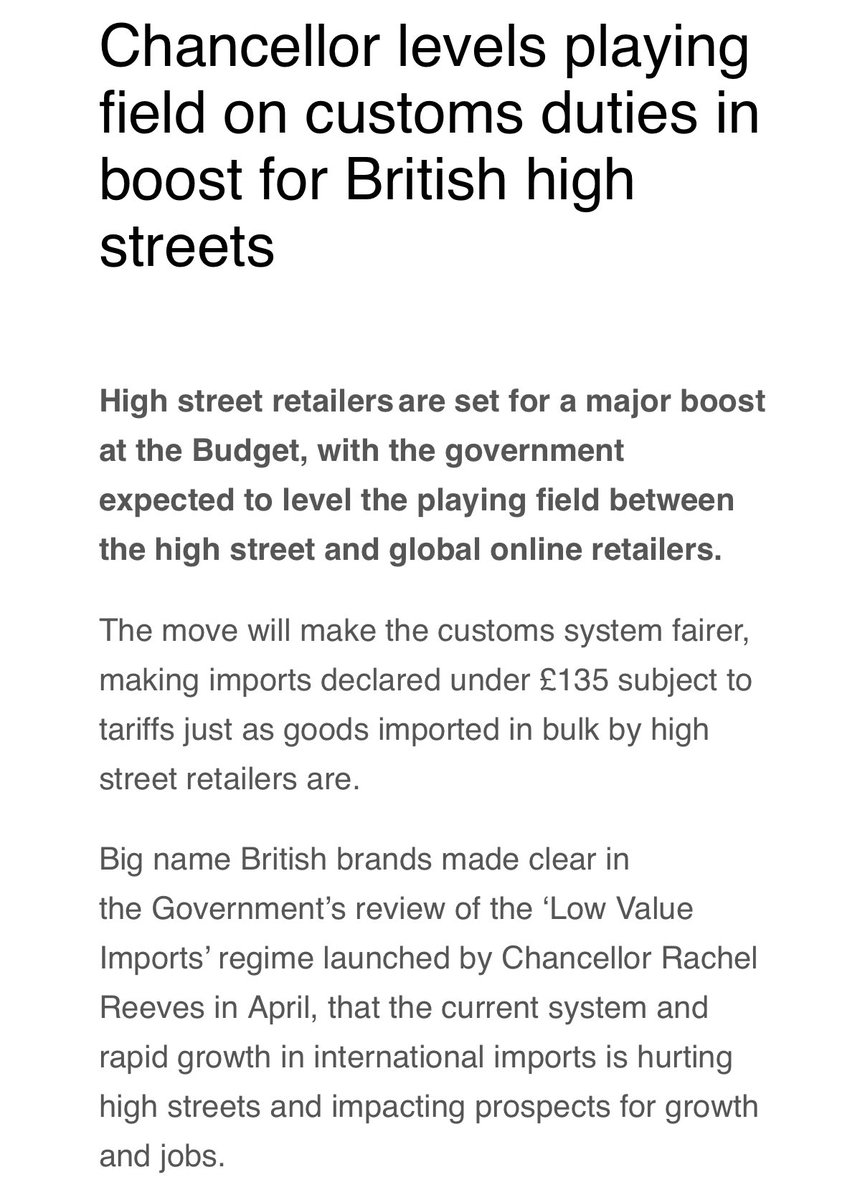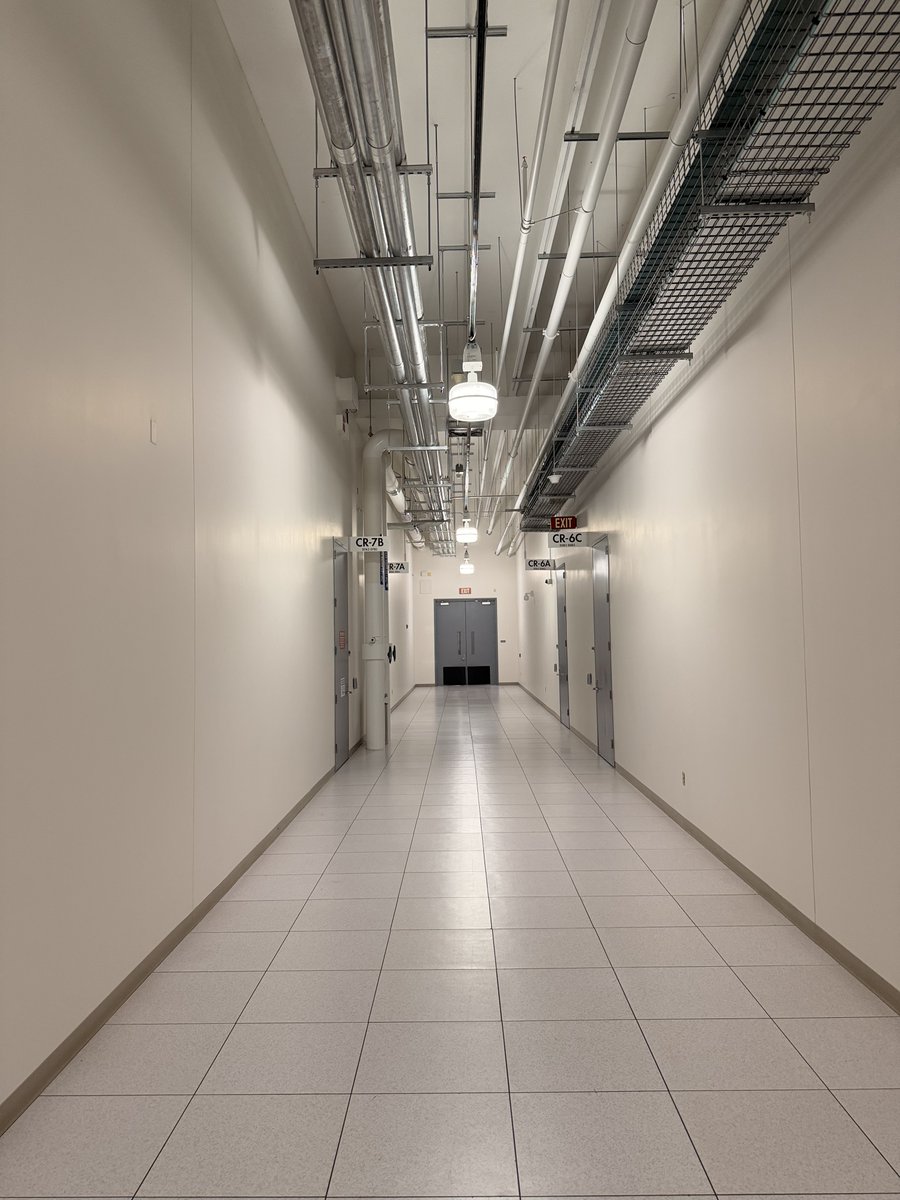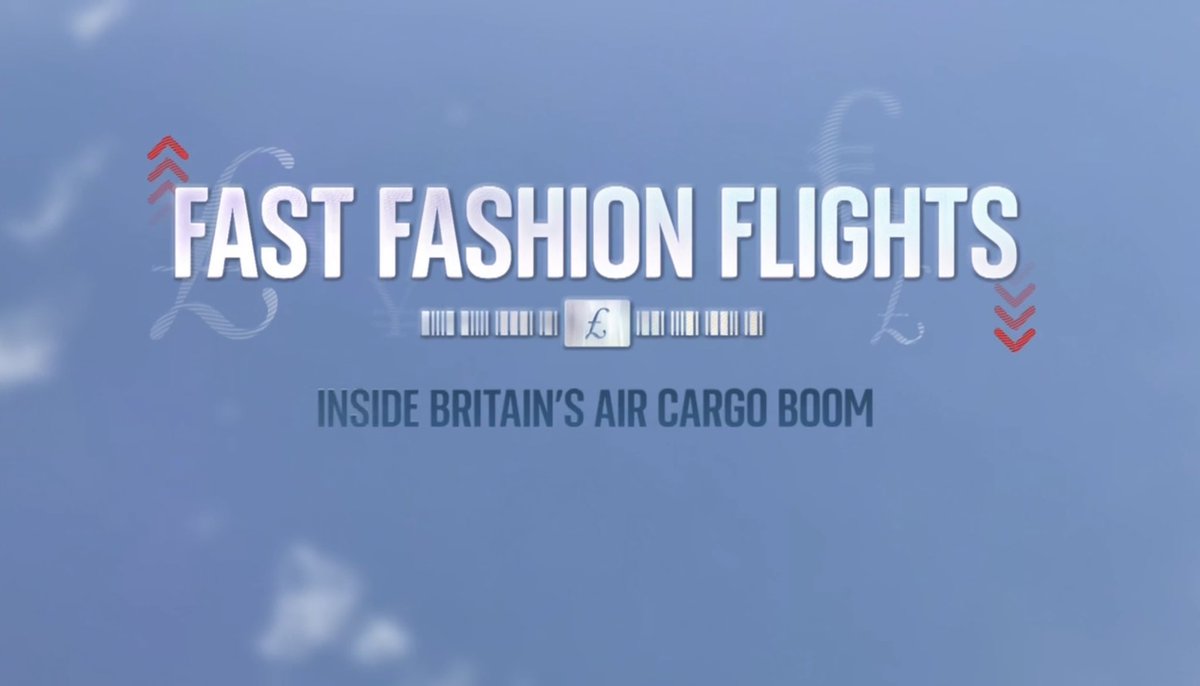Pointy-headed thread: Do you remember this tweet of mine from earlier this year? About how extraordinary flows of gold out of the UK are completely changing the picture of UK trade? Well, brief update: it's still happening. Big time.
https://twitter.com/EdConwaySky/status/1228279325344051200?s=20
In the past few quarters, the UK trade account has swung into positive territory for the first time since the 1990s. And not just positive territory: the biggest trade surplus EVER. £16.9bn in Q2 alone... 

It's worth emphasising that even if you look at the trade balance as a % of GDP it's still one of the highest levels we've ever seen. Only one other quarter - Q1 1981 - had a higher surplus. And I don't think it's ever swung quite as dramatically as this... 

And the story this time around - as last time around - comes largely back to gold. In the past year the amount of gold being "exported" from the UK has hit around £24bn. We "imported" about £15 billion of the stuff. This is totally unprecedented - and not a little odd 

In fact if you were to count gold as a normal export it would be our third biggest export, just above pharmaceuticals (which we're a world leader in btw). But here's why I put it in inverted commas: it's not really an export. Indeed in most cases it doesn't even leave the country 

London is the world's capital for the trade in physical gold. And when gold changes hands from a British owned institution or investor to a non-British one then that's counted as an export. Even though it usually doesn't even leave the vault!
How can we be sure this isn't gold leaving the country? Well for one thing these days the @bankofengland publishes data on how much gold it has in its vaults. And over this period it's actually risen a fair bit - the equivalent of £17bn or so bankofengland.co.uk/statistics/gold 

I only mention all of this because this morning I found myself leafing through the ONS balance of payments data (as you do) and I struggled to make sense of it. Look: including gold the deficit is £2.8bn. Exclude gold and it's £12.1bn. That's a mind-boggling difference! 

And unless I've missed something, save for that par 👆, @ONS still uses that distorted current account fig everywhere else. In its tables, its charts etc. That distorted figure is the one that'll go into IMF/OECD databases and be used to compare UK to other countries, I assume
I couldn't even find an official @ONS series for the underlying non-distorted current account, so I made one myself. It's the red line here. Black line is the "official figure". Yellow bars are the net balance of gold movements in and out of the UK which I've simply subtracted. 

Why am I going on about this? Because the current account is one of the most important economic statistics. And thanks to the way we account for gold movements it's becoming a real mess. It is poss to adjust for this and the @ONS is trying hard but it's fighting an uphill battle
There are international statistical rules stipulating that we include these flows. So while @ONS includes plenty of small (and big) print, the official measures - the ones that most people pay attention to and are used for international comparisons - are increasingly meaningless.
• • •
Missing some Tweet in this thread? You can try to
force a refresh
















